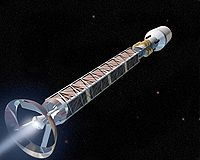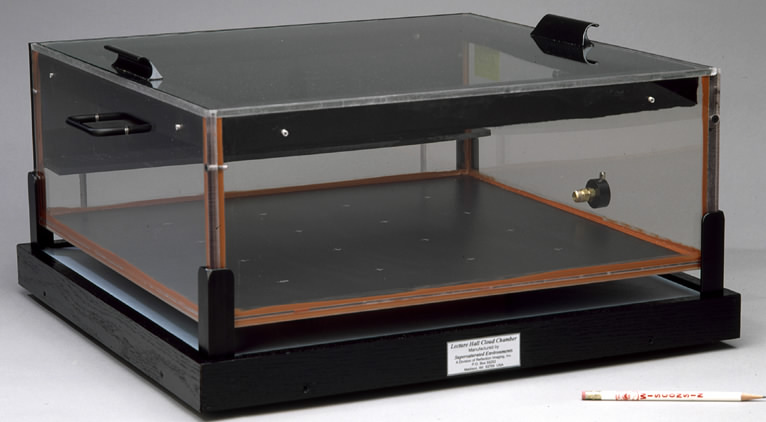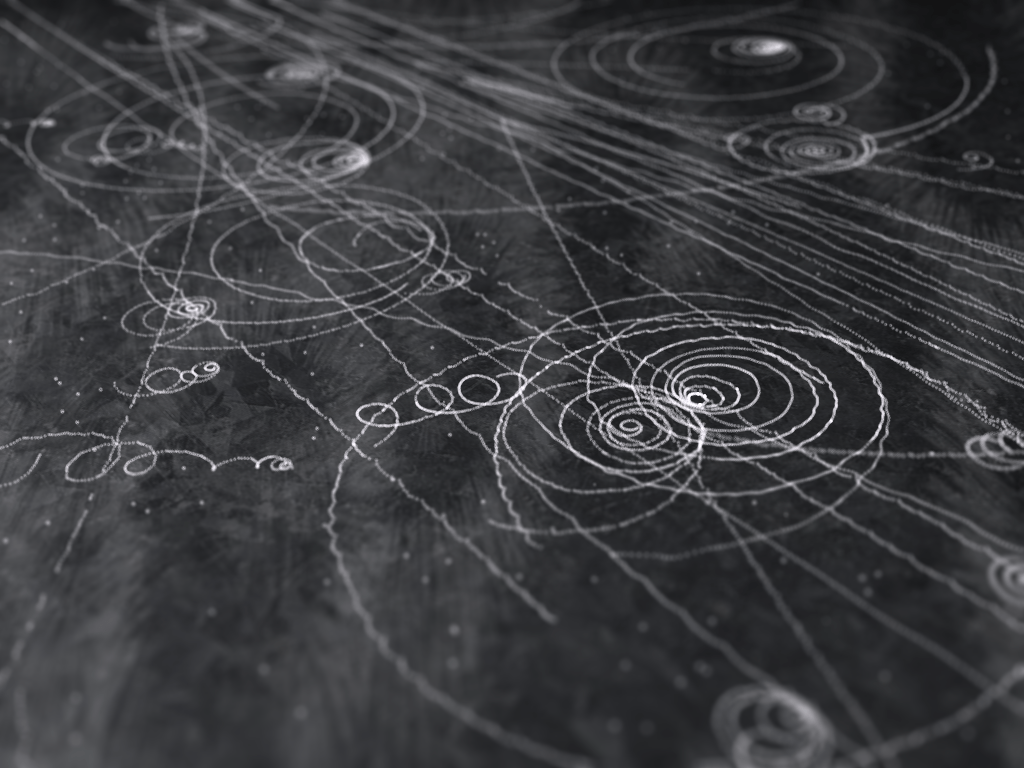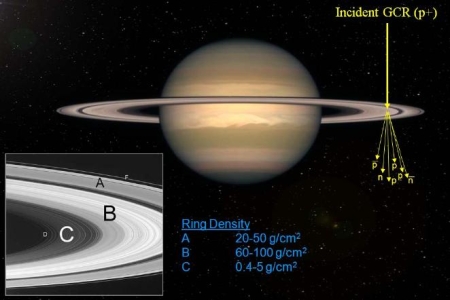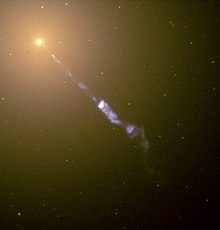I'm making my return to blogging after quite some time. I've been busy, written a few poems, cracked a few examinations, lost a few precious things, and generally had a varied 7-course meal of life shoved down my throat.
Among other things, I finally got my Black Belt in karate, and joined a new Self Defense class, Krav Maga. Long story short, Krav Maga is one of the deadliest martial arts in the world, standardised in the Israeli military forces. And we all know how much action Israel sees, so it's a good bet to assume that Krav Maga would translate as 'pretty much all ass kicking' in limb-speak. Being from an MA background, believe me when I say that at any point of time during a fight, Krav Maga gives you one of three options:
a) to push away assailant with no permanent damage, in case of people who you do not wish to hurt (drunk friends, angry family members, etc). Just a little push. Maybe a little blow to the head to clear it, or a lock for time to get your arguments through.
b) severely wound assailants, for mid to long term effects, at times, even permanent untreatable damage. And this can be done with as little effort as walking on the beach.
c) kill. Yes. KILL.
I'm familiar with several martial arts, having done short but quantifiable courses in Judo, Karate, Tae-Kwon-Do, Jeet Kune Do, a little of Muay Thai from here and there, and Krav Maga. Among all these, I have chosen the best techniques I felt would be useful in a street fight, and can be customised accordingly if one wishes to enter a tournament.
My experience in varied martial arts has taught me a few basic things.
One is that MOST martial arts that have 'katas' or forms, are show offs. Actually, all the martial arts I've seen that have katas, i.e., karate and taekwondo are nothing but hokus shows. Sure, they are pretty decent martial arts, but only at the brown-black level. For the beginners, it's all just an impractical show of moves.
The basic question is: what defines a martial art? What determines its effectiveness, and which is the best martial art out there?
Well, the answer to the above is very simple. The best martial art is not one that is taught to you, but that which is tailored according to one's own body. The most effective martial art is one that does not have any flashy long movie-esque style moves, but short, fast, direct and devastating moves. Even if they would seem ugly on screen, no one gives the tiniest shit. Your enemies won't have time to appreciate or deprecate the elegance of your moves once they're groaning over a few broken ribs, and/or coughing up blood. In fact, to me, the true elegance of a fighting style is the power, speed and destructive power of its attacks.
In the next post, I'll be posting a video on some of the best strike techniques that can be used in a fight. Watch, customise according to your preference, and practise.
Among other things, I finally got my Black Belt in karate, and joined a new Self Defense class, Krav Maga. Long story short, Krav Maga is one of the deadliest martial arts in the world, standardised in the Israeli military forces. And we all know how much action Israel sees, so it's a good bet to assume that Krav Maga would translate as 'pretty much all ass kicking' in limb-speak. Being from an MA background, believe me when I say that at any point of time during a fight, Krav Maga gives you one of three options:
a) to push away assailant with no permanent damage, in case of people who you do not wish to hurt (drunk friends, angry family members, etc). Just a little push. Maybe a little blow to the head to clear it, or a lock for time to get your arguments through.
b) severely wound assailants, for mid to long term effects, at times, even permanent untreatable damage. And this can be done with as little effort as walking on the beach.
c) kill. Yes. KILL.
I'm familiar with several martial arts, having done short but quantifiable courses in Judo, Karate, Tae-Kwon-Do, Jeet Kune Do, a little of Muay Thai from here and there, and Krav Maga. Among all these, I have chosen the best techniques I felt would be useful in a street fight, and can be customised accordingly if one wishes to enter a tournament.
My experience in varied martial arts has taught me a few basic things.
One is that MOST martial arts that have 'katas' or forms, are show offs. Actually, all the martial arts I've seen that have katas, i.e., karate and taekwondo are nothing but hokus shows. Sure, they are pretty decent martial arts, but only at the brown-black level. For the beginners, it's all just an impractical show of moves.
The basic question is: what defines a martial art? What determines its effectiveness, and which is the best martial art out there?
Well, the answer to the above is very simple. The best martial art is not one that is taught to you, but that which is tailored according to one's own body. The most effective martial art is one that does not have any flashy long movie-esque style moves, but short, fast, direct and devastating moves. Even if they would seem ugly on screen, no one gives the tiniest shit. Your enemies won't have time to appreciate or deprecate the elegance of your moves once they're groaning over a few broken ribs, and/or coughing up blood. In fact, to me, the true elegance of a fighting style is the power, speed and destructive power of its attacks.
For those who haven't been trained in Martial Arts, here are a few pointer tips of what to do in a real, and very possibly life threatening, fight.
1) Walk away. Fight ONLY if you have to. This is rule number one of any fight. It doesn't matter whether or not you think you can take the assailant, walk away. If, and only if, the assailant doesn't seem to back down, or the situation seems irresolute, only then take up the challenge. In all other cases, comply with the assailant. He wants your bag? Give it to him. And never ever ever engage a person with a weapon.
2) If the situation is past rule 1, and a fight is inevitable, then this is the second most important rule of any martial artist. If the assailant is equipped with a melee weapon (unarmed/knife/short club), don't take the fight to him. Don't aggress. Be passive, and wait for him to attack. You see, the psychology is very simple. The person who attacks first has to continue to attack. There is no choice. And you run out of attacks very soon, putting you in the backfoot to the defender, who now has a good idea of how you fight, and can thus kick your ass. If you be at the receiving end, you can defend. This gives you a choice to back away from the fight, or to counter and take him down. It might seem counter intuitive, but defense is actually the best possible offense. You have a very hefty advantage here.
If the assailant has a gun/long staff/ long club/any mid-long range weapon, this is when you jump in. Close the distance between you and him. Longer weapons means that you cannot reach the assailant, and that you can get battered with more force from the weapon due to it's length. Closing the gap renders most long range weapons useless, especially guns. Then you can either attack, since he has already given up his advantage, or wait for him to make his move.
3) Okay, say you ignored Rule 2, or due to some reason attacked him first (hey, it can happen), how to turn an obvious disadvantage into an advantage? For one, don't stop attacking. Keep it simple, but keep it real. There is a strike system in Wing-Chun, which involves rapid punches to the chest region. Keep it short, keep it fast, and put your body weight behind the punches. Not too much, that you lose your balance, but just enough to deliver some damage. Tackle the joints: the knees, shoulders, groin, ankle, chin, neck, throat. Eyes and nose are wonderful targets, so is the solar plexus. And the ball-kick almost always works (the almost because they don't work on me, or a few of my acquaintances, and it's reasonable to believe some other pros. I've had conditioning down south). If you get a chance, use a lock. Keep it simple, keep it real.
4) When dealing with multiple assailants, there are two ways out of the situation. For simplicity, let's assume all the aforesaid assailants are unarmed/armed with simple melee weapons. The first thing one should do if found in this situation is to get outside the circle. That way, you can pick em off from one side, instead of all sides.
One method is tackling one at a time, incapacitating them. This should be attempted only by experienced artists with a high pain tolerance. That said, this is one of the most effective dismantling techniques I have ever seen. You floor someone so hard, they don't get up, and then move to the nest.
The other method is to 'shock and awe'. Hit one hard, move on to the next. The fights invariably last longer (and thus, get you more tired), but it makes you a harder target to hit, and if you have a high enough endurance, you can take out huge groups. The hitting of one person at a time also gives you some breathing space. I got this method from playing the Batman games, which I adapted, to surprising results. The downside was that I was too damn tired to move afterwards, let alone fight another round.
In the next post, I'll be posting a video on some of the best strike techniques that can be used in a fight. Watch, customise according to your preference, and practise.
